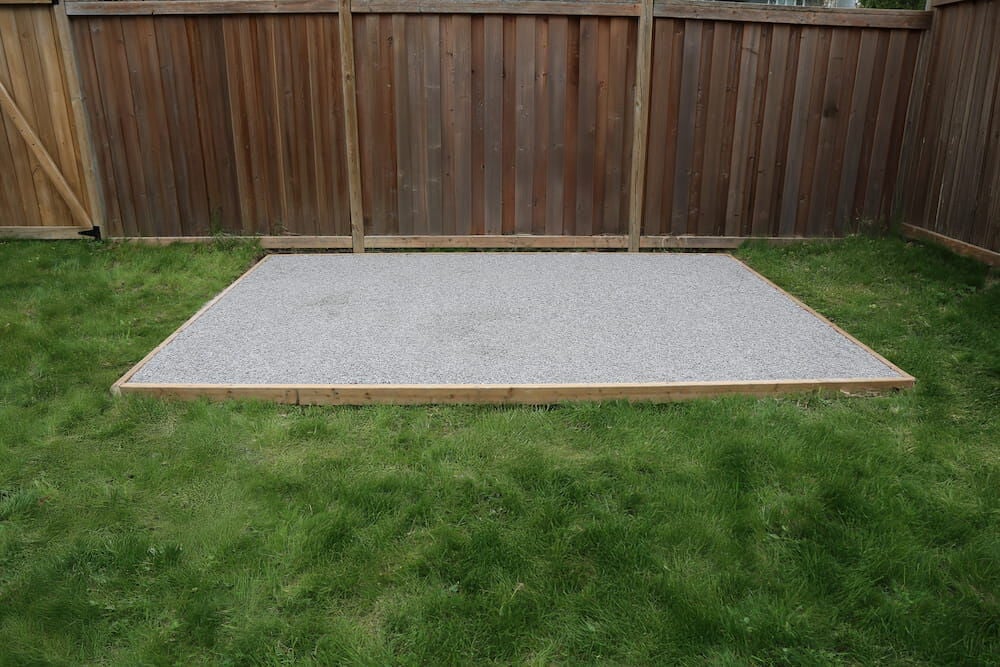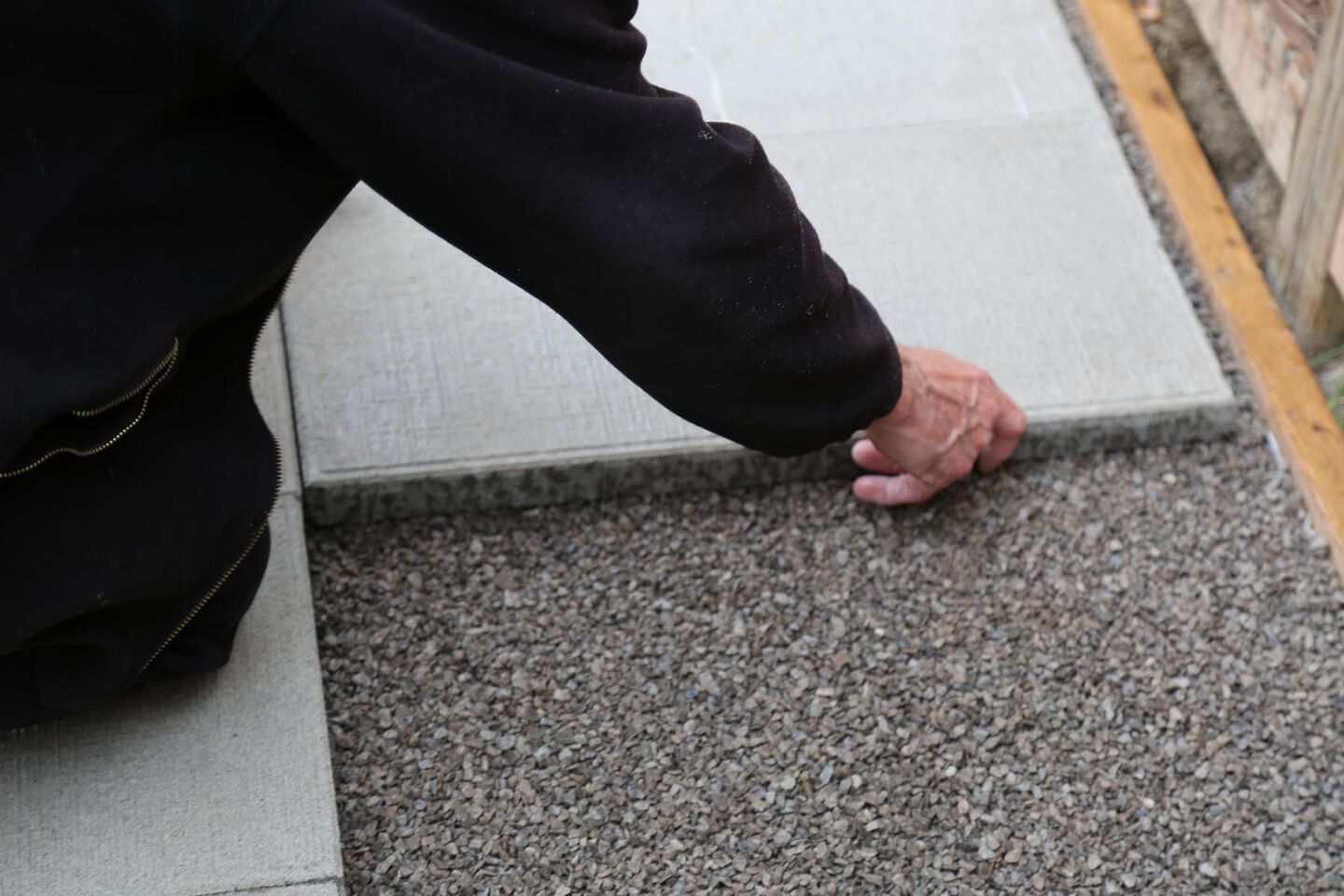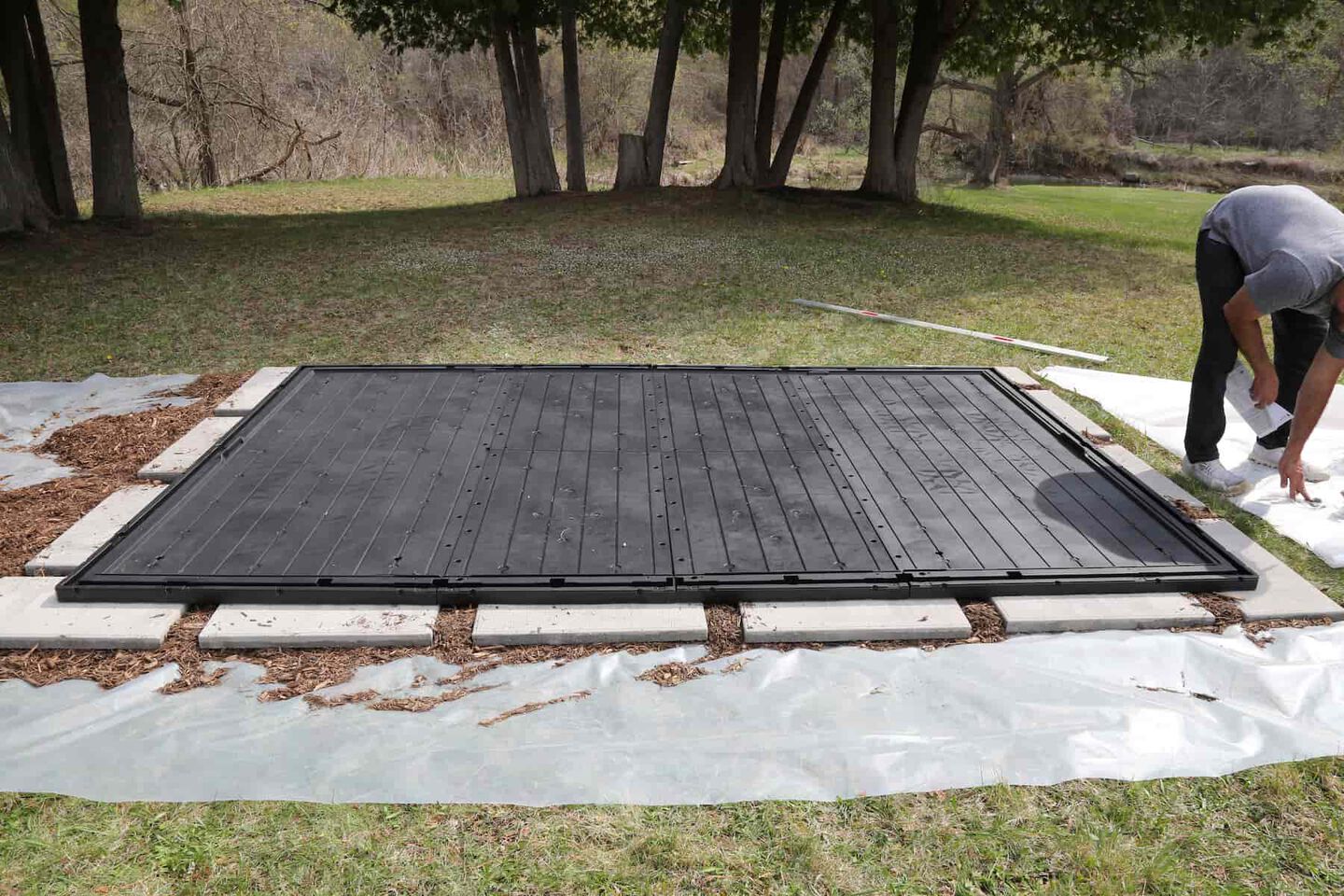
Do Sheds Need a Base? The Shed Foundation Dilemma
Have you ever wondered if your shed really needs a foundation?
The short answer is yes! Most sheds do benefit from a proper foundation. It keeps your shed level, prevents water damage and protects it from shifting or sinking over time.
Choosing the right base depends on your shed’s size, the ground it sits on and your climate. From concrete slabs and gravel beds to wooden piers and plastic grid systems, there are plenty of shed foundation options to fit different needs.
In this post, we’ll break down the main types of shed foundations, explain what to consider and give you tips for creating a solid foundation that keeps your shed sturdy for years.
Why a Shed Foundation Is Important

Have you ever thought about what’s under your shed? A solid shed foundation isn’t just for looks. It keeps the structure level, protects it from water damage and makes sure it stays put over time. Even small garden sheds can settle or shift if they’re placed directly on the ground, so picking the right base is more important than it might seem.
There are lots of shed foundation options, depending on the shed’s size, the soil and the local climate. We’ll talk about those options a bit more in a minute. Understanding how to build a shed foundation also makes maintenance easier and extends the life of the structure. From metal shed foundations to resin shed foundations to even wood shed foundations, there’s a foundation that fits almost every backyard need. Exploring these choices right away helps keep your shed (and stored items) safe, stable and ready for years of use.
Size-Based Considerations
The size of a shed plays a big role in deciding which foundation to use. So, let’s look at that a bit more. Here’s a simple guide:
- Small Sheds (6×8 ft or less): Gravel pads, pavers or wooden piers often work well. Even small sheds benefit from a solid base to prevent shifting, uneven floors or moisture problems. You’ve probably heard that some very small sheds don’t always need a base, but this is rare since the base is one of the best ways to protect a shed of any size. A simple shed foundation kit can make installation quick and easy.
- Medium Sheds (6×8 to 10×12 ft): If you are storing heavier equipment, a more stable storage shed foundation is recommended. Gravel beds or concrete pads provide the support needed to keep your shed level and secure.
- Large Sheds (10×12 ft and up): A poured concrete slab or reinforced gravel pad is ideal. These foundations handle heavy loads and often meet local codes for permanent sheds.
Matching the foundation to your shed size protects your investment, keeps the structure level and makes maintenance easier. Even basic garden sheds and bases can benefit from careful planning to ensure they last.
Shed Foundation Ideas and Options

A solid foundation keeps a shed level, protects it from moisture and ensures it lasts for years. The right choice really depends on the shed’s size, location and how it will be used. Here’s a quick breakdown of popular shed foundation options that cover everything from small garden sheds to larger workshops:
- Concrete Pad: A poured concrete slab offers the most durability and stability. Perfect for workshops or garages where heavy tools or equipment will be stored.
- Gravel Pad: Affordable and quick to install, a gravel base provides excellent drainage. Great for most sheds, especially if the ground isn’t perfectly level.
- Pier-and-Beam (Wooden Piers): This elevated option lifts the shed off the ground, making it ideal for damp or sloped areas. It also allows airflow underneath, reducing moisture buildup.
- Concrete Blocks: A fast and simple solution for small sheds. Concrete blocks elevate the shed slightly, giving some ventilation and moisture protection.
- Plastic Grid Systems: Lightweight and eco-friendly, these grids are filled with gravel to create a stable base for standard garden sheds.
Picking the right foundation will ensure that your shed stays safe and functional no matter the weather. For a step-by-step guide on preparing any of these foundations, see our full post on how to build a shed base.
.
Choosing the Best Foundation for a Shed
Picking the right foundation for a garden shed starts with looking at the size, like we mentioned, as well as the shed itself. Size and weight make a big difference. Small sheds can get by with lighter options, but larger sheds or those storing heavy equipment need something much sturdier. Soil conditions also play a role. So, make sure you know your soil type and research how bases are affected by the soil.
Climate and drainage are just as important. In areas with lots of rain, gravel pads or pier-and-beam setups allow water to flow away from the shed, protecting the floor and contents. For colder climates, frost heave can shift foundations over time, so concrete slabs that extend below the frost line are a smart choice.
For most general garden sheds, a gravel foundation strikes a good balance of affordability, ease and stability. Heavier-duty sheds, think workshops or garages, usually need a poured concrete slab for long-term durability. By considering these factors, it’s much easier to choose a foundation that keeps the shed secure, level and dry for years to come.
Quick DIY Tips / Best Practices

Starting with level ground is key for your shed. Even a small slope can cause doors to stick, water to pool or the shed to lean over time. Compacting the soil before adding a foundation (gravel, pavers or concrete) helps create a solid base that won’t settle unevenly.
Drainage is another important factor. Make sure water can flow away from the shed to prevent rot, rust or other damage. Simple steps like creating a slight slope or using gravel under the shed can make a big difference. Anchoring the shed is also recommended, especially in windy areas, to keep it secure and stable over the years.
Always follow the manufacturer’s recommendations, though. That way, you’re sure you are keeping your shed under warranty (sometimes not having a shed base can void a warranty), and ensure your foundation supports the shed. Small steps up front, like leveling, compacting, drainage and anchoring, can really save a lot of headaches and keep the shed safe, functional and durable for years to come.
Choosing the right foundation sets the stage for a shed that stays sturdy, level and long-lasting. From gravel pads to concrete slabs or wooden piers, the foundation you pick should match your shed’s size, weight and location. Taking the time to plan and prepare will ensure your shed stays functional and safe for years to come.
Are you shopping for a new shed? Explore our collection of durable, low-maintenance resin sheds designed to fit every space and lifestyle. With the right foundation and a quality shed, your storage solution is ready to handle whatever comes next.
Shed Foundation FAQ
Shed Foundation and Bases

We build in a sustainable manner.
We use innovative materials and leading technologies to build planet-friendly products that last a lifetime.















.jpg?sw=120)
.jpg?sw=20)


